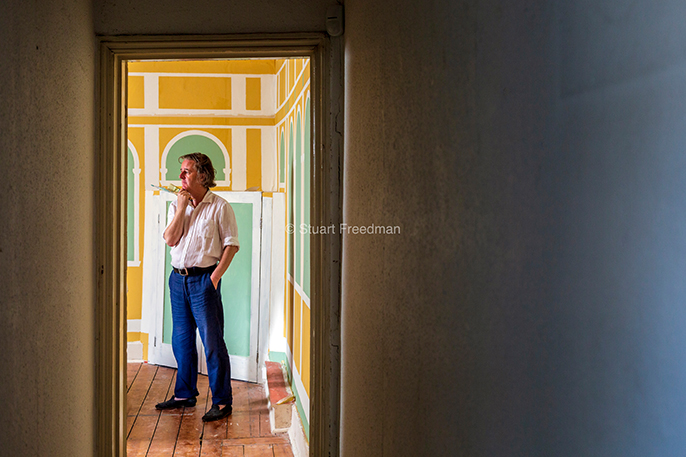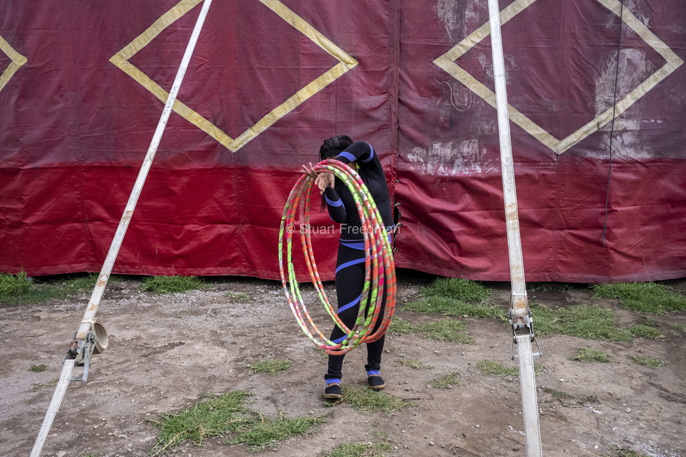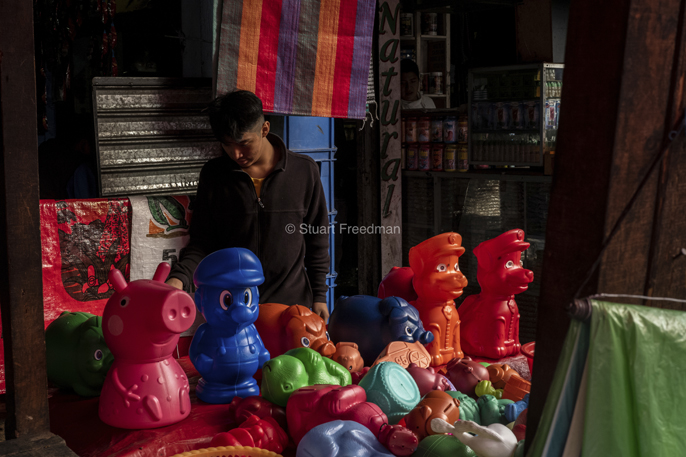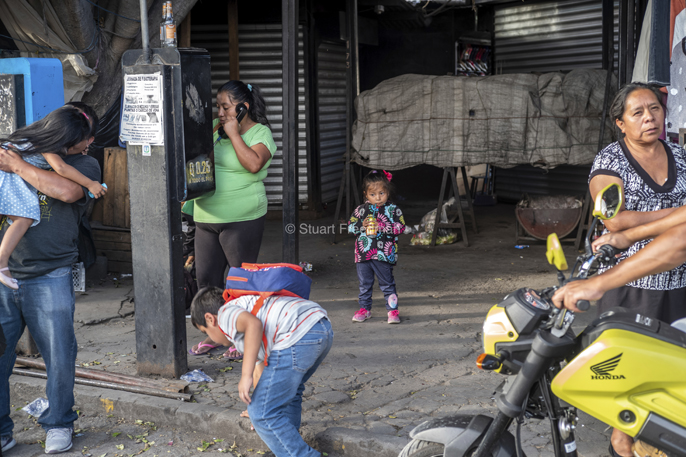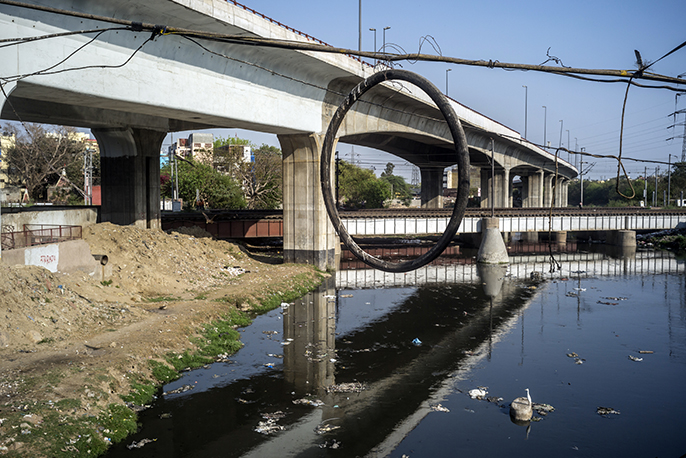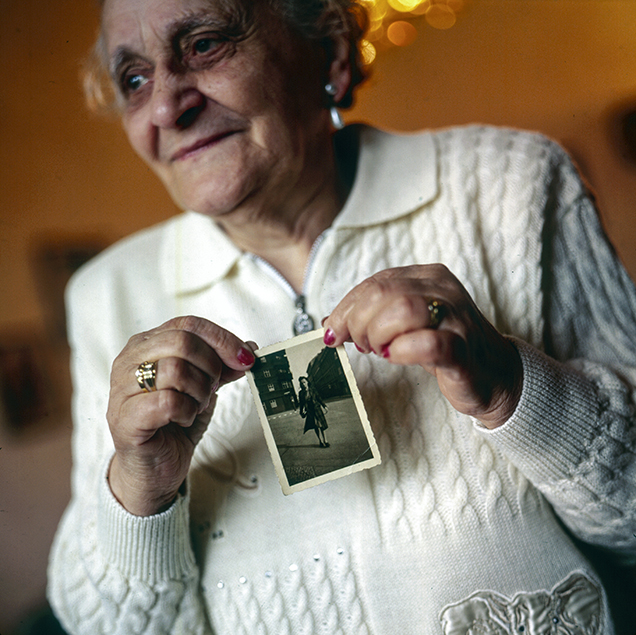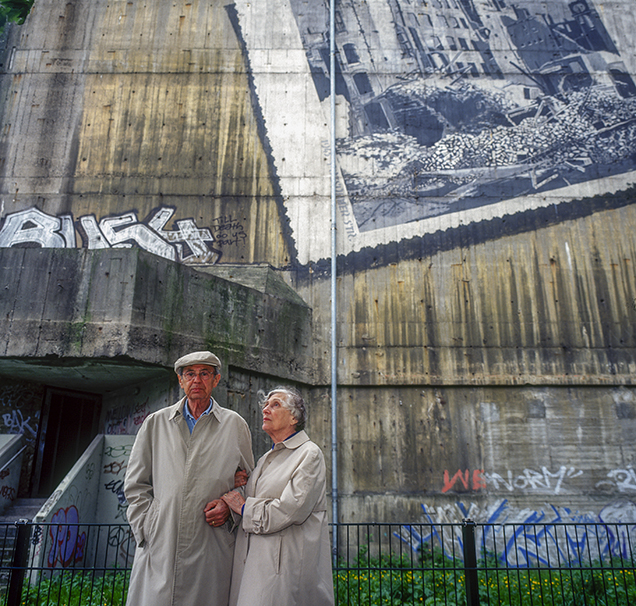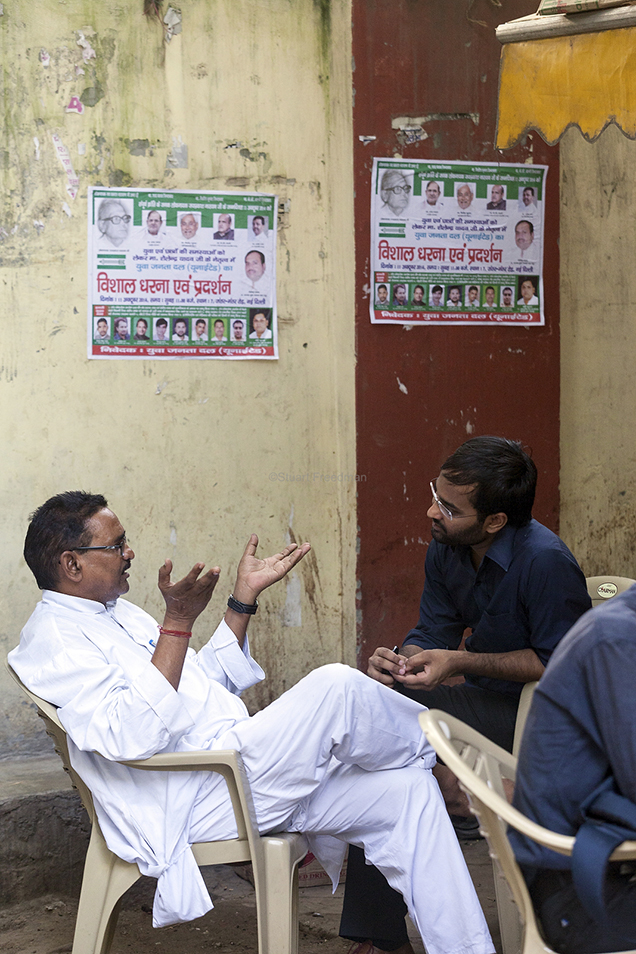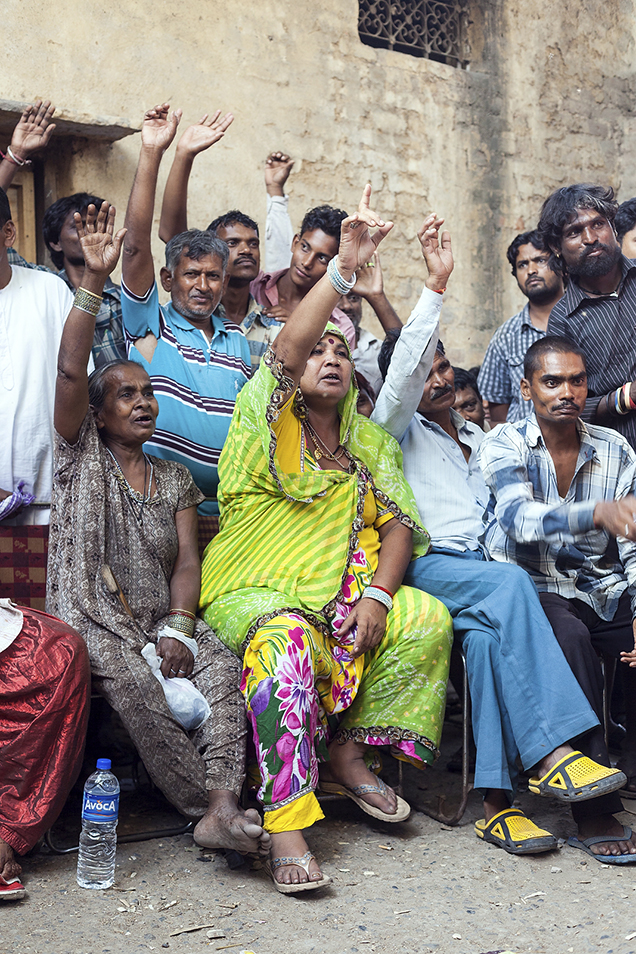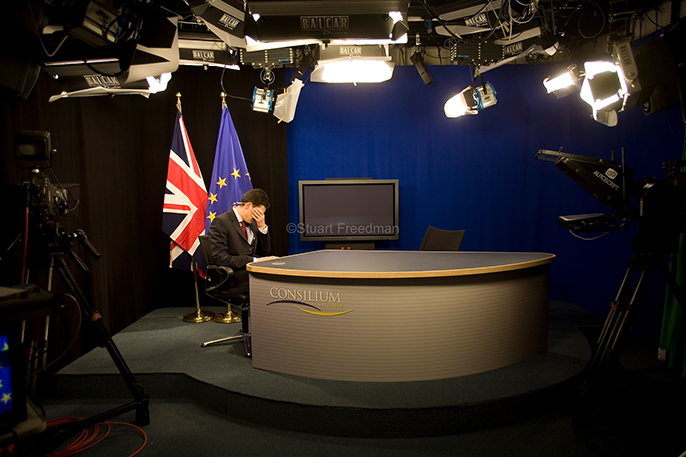A couple of years ago, the Spitalfields Life blog published a rather lovely book called East End Vernacular. It featured the work of the almost forgotten East London Group – a collection of painters who showed together from 1928 to 1936 and who all portrayed everyday life in a changing East End. They were mostly working class, realist painters who drew and painted what they saw around them. The book struck a real chord with me. As I’ve written many times before, I grew up in the 1970s in a grim and gloomy Hackney; a much changed landscape from the gentrified hipster hangout of today. As soon as I could, I fled the tower blocks and the grainy streets and made a career photographing (and sometimes writing about) the places that I could only imagine as a child. I spent more than two decades working (and sometimes living) mostly in Indian and Africa – but pretty much anywhere across the world that wasn’t where I was from. So the book was like a window into the past for me – more because it featured what I might call the heirs of those original artists. People like Jock McFadyen, Anthony Eyton and Dan Jones (a reproduction of whose painting of Brick Lane in the 1970s we now have on our wall at home) who painted a more contemporary vision of my formative streets.
A year ago I decided to try and photograph them all at home, in the studio or making work on the streets in a way to reconnect with my own past. The photographs connect in some way with my last book, The Englishman and the Eel as a form of re-discovery and trying (at last) to come to terms with that. It’s been a long process: a quick look at the embarrassingly extensive archive of this blog shows that I was stumbling around trying to find an answer to that more than ten years ago. See here for more on that.
Anyway, I digress. With the help of the Gentle Author, I managed to make contact with them all and each was generous with their time and thoughts. My only regret is of course being too late to manage to photograph one of my heroes, Leon Kossoff who had been ill for some time and died recently. He had a studio off Dalston Lane in the early 1970s and I remember seeing some of his work of my local area as a teenager and thinking clearly how the world could be made to seem different.
Here are three images from the portrait set of twelve. You can see the rest of them on my site here. For those technically minded, I wanted a clean, simple look to them all and decided rather than to shoot them as reportage, I’d use one or two Elinchrom Ranger heads on each set-up trying (OK… sometimes three) to make them look not lit but as natural as possible.
